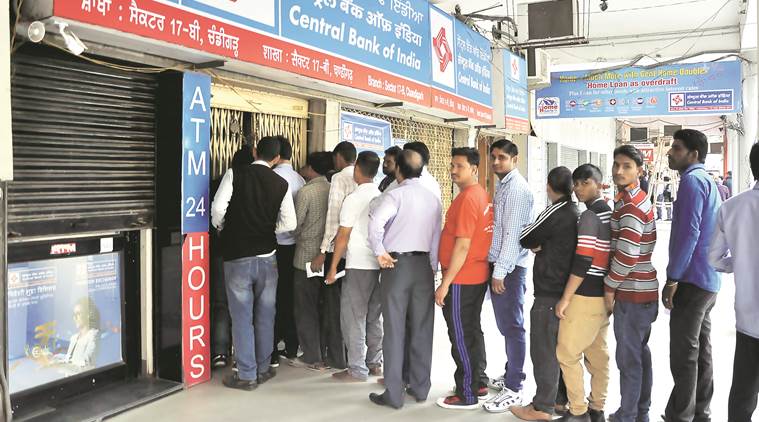Consider the enormity of the demonetization scheme announced by Narendra Modi. Stretched over an area of 3,287,263 square kilometres, we are one of the biggest nations in the world. With the median age of little over 27 years, we are also one of the youngest countries in the world, which means most of us are in the working age. And we are a nation of 1.25 billion people, second only to China.
When a country as enormous as India removed roughly 80% of total cash out of circulation, the effect was supposed to be colossal. And the effect is colossal indeed. There are long queues outside banks and ATM cabins. Banks are working on Saturdays and Sundays and the employees are working at a frantic pace.
But barring a few unpleasant incidents, the transition to new cash is relatively smooth. One thing that must be taken into consideration here is that the announcement was sudden and the impact immediate. So what is stopping the nation from tearing itself apart? We’ll come to it later on.
For the moment let us revisit Arvind Kejriwal’s ambitious Odd-Even Scheme? Was it a roaring success? Yes and No. Yes, only because the compliance was high. But the compliance was high because the cash fines were heavy. No, on every other front – It didn’t curb pollution, it caused a lot of anger and resentment, and it made daily commuting a nightmare. It was planned well in advance and applied only to a highly urbanized state like Delhi. It had a number of exclusion conditions but it still managed to upset a large number of daily commuters, most of them educated and relatively well off. Why did that happen?
Coming back to the golden question – What is stopping the nation from tearing itself apart? Why haven’t we heard of widespread protests and burning of banks and looting of ATMs. Why is it that only the opposition is protesting and the common populace is calmly standing in queues and lauding the government?
The answer to why odd-even was widely criticized despite being a program of limited reach and the quiet acceptance of Narendra Modi’s demonetization scheme despite being a program of gargantuan spread lies in one simple personal trait. And that is credibility.
Narendra Modi had and has what Kejriwal didn’t have and possibly will never have. Narendra Modi commands not just the love and fanatic support of his countrymen but also commands their respect. They believe in him. And belief can come only when a leader delivers on his promises and delivers constantly.
Modi came to power riding on a wave of anti-congress hysteria and pro-progress sentiments. He talked about giving befitting reply to Pakistan. He talked about making India a manufacturing hub. He talked about making India one of the fastest growing economies in the world. He talked about cracking down on black money. He talked about ‘Antyoday’ – taking development to the last person in the social hierarchy. With Jan Dhan Yojna, Ujjwala Yojna, Make in India, Exceptional overhaul of Railways, Power, Roads and Transport Narendra Modi redefined India’s growth story. Narendra Modi with his countless foreign trips effectively strengthened and in some cases rebuilt India’s foreign ties.
With the Surgical Strikes and neutralizing of Pakistani intruders, India sent a strong message to the world, about the changed stance of the nation. Such was India’s martial response, that even China Pakistan’s so called all-weather ally refused to take Pakistan’s side in the Kashmir issue and Pakistan became an object of public ridicule at the floor of United Nations General Assembly.
